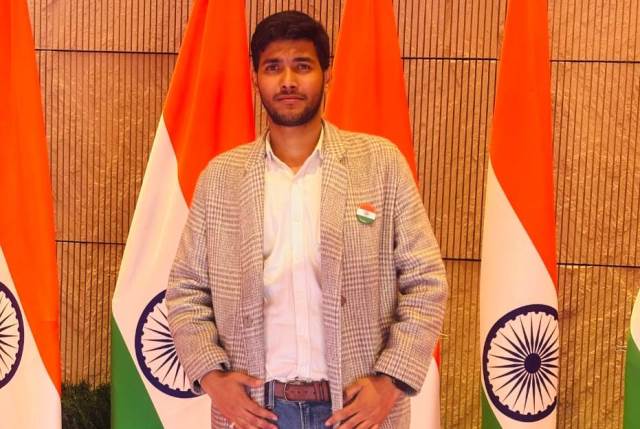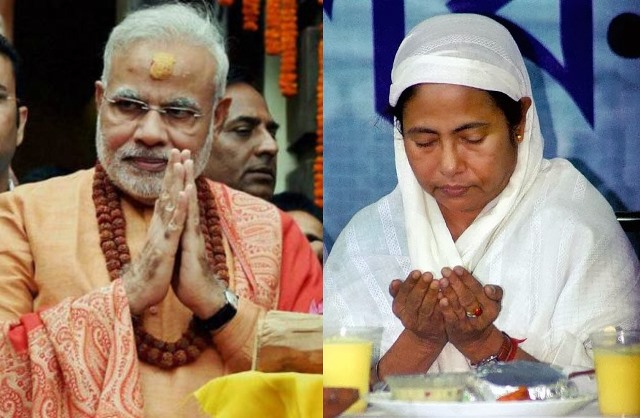In the 2025 Bihar Assembly polls, one of the most powerful undercurrents is a mobilisation of women voters — both in numbers and in whether their ballot reflects grassroots welfare benefits or a desire for change. The first phase laid the groundwork, the second phase amplified the pressure, and now as results loom on 14 November, the verdict by women voters may well decide not just who wins, but how the political arithmetic in Bihar shifts.
For Chief Minister Nitish Kumar’s regime, the ₹10,000 bank transfers to women have become more than just policy — they have become an electoral bet on women’s loyalty. If women deliver as a bloc, the incumbents could renew their mandate; if they choose something different, the election may mark a turning point in Bihar politics where “women’s power” was the message and the messenger. As the votes for the two-phased 2025 Bihar Assembly elections tread towards their culmination on 14 November, one of the most striking sub-plots is the surge of women voters a trend that could decisively tip the balance in favour of the incumbent Nitish Kumar-led regime.
With women reportedly turning out at rates some 10 percentage-points higher than men, and with the government having channelled a special dole of ₹10,000 per beneficiary woman, the “women power” dynamic is shaping up as a potential kingmaker. The first phase of polling – held on 6 November across 121 constituencies in 18 districts – recorded a historic turnout of 64.66 %. Within that, early indications show that women’s participation outpaced that of men, a phenomenon noted across multiple districts.
What makes this surge particularly significant is that many of the seats in phase 1 had a relatively strong women-voter base. The combination of mobilisation efforts (including deployment of over 90,000 “Jeevika Didis” (women volunteers) at polling stations) and targeted welfare outreach (which the ruling alliance credits for the higher turnout) helped build momentum among female electors.
On one side, the ruling alliance claims that the higher female turnout is a reflection of their welfare policies particularly cash transfers to women’s bank accounts, free ration, and schemes focused on girl-child education and women’s livelihood. On the other side, the opposition interprets the surge as a “vote for change”.
To sum up, Phase 1 established two major facts, one, that turnout can be significantly raised in Bihar; and two, that women are now presenting themselves as a decisive electoral bloc.
The second phase held on 11 November across 122 constituencies ups the ante. Turnout climbed further to around 68.5 %. More significantly, many of the constituencies in phase 2 lie in the so-called women-leaning regions: the Seemanchal belt (Araria, Kishanganj, Katihar, Purnia, and Supaul), parts of Mithila (Madhubani) and Ang-Pradesh (Bhagalpur, Banka). In 17 of the 29 women-leaning seats that went to poll, the female share of the electorate crossed 48-49 %.
What does that mean? It means that in these seats, the women vote isn’t just marginally higher, it constitutes a sizeable chunk of the electorate, large enough to swing outcomes seat-by-seat. And given that many of these seats are contested by the ruling alliance’s strong candidates, and that the government’s welfare messaging has been targeted at women, the expectation is that women’s turnout could translate into electoral advantage for the incumbents.
From a narrative standpoint, the second phase is where the “women wave” could crystallize into results. If women are showing up in large numbers, and if their votes are motivated by schemes benefiting them directly (₹10,000 transfer, free ration, girl-child education etc.), then the fate of many seats hangs on how effectively parties have engaged this demographic.
If the women’s turnout advantage is converted into votes for the ruling alliance (led by Nitish Kumar and the Bharatiya Janata Party / Janata Dal (United)–led National Democratic Alliance), then a repeat or even an improved performance for them is highly plausible. Many exit-polls already project an NDA edge.
(Sidharth Mishra is an Author, Academic and President of the Centre for Reforms, Development & Justice)


